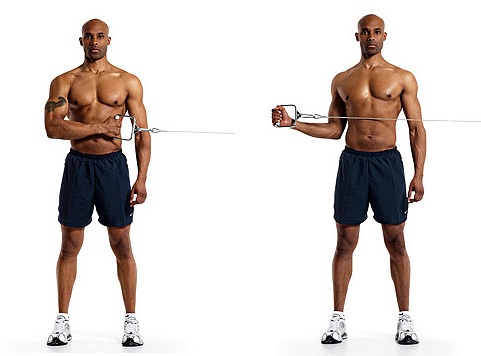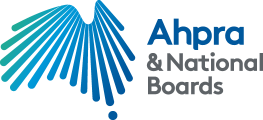If you are an athlete and you train on a regular basis there’s a high chance that one time in the past you have suffered from some sort of shoulder pain. Be it a rotator cuff strain, tear, tendinopathy or bursitis, chances are when you visited your allied health professional they probably got you doing the exercise, pictured below, on a daily basis for 3 sets of 20 reps.
There is nothing wrong with this exercises as EMG studies have shown that done correctly, there is high activation in the rotator cuff (as well as other muscles) however if you are an overhead athlete, throwing athlete or you just like to bench, this is exercise is not going to get you back to throwing, pressing, pushing or pulling what you used to. Rotator cuff strengthening is just a small piece of the pie when thinking of rehabilitating shoulder injuries and should firstly address posture, proprioception and stability.

What Is The Rotator Cuff?
The rotator cuff consists of four muscles which surround the scapula: the supraspinatus superiorly, the subscapularis anteriorly and the teres minor and infraspinatus post
eriorly.

The function of these muscles are not to rotate or move the humerus (upper arm) but to actually centre the humerus in the glenoid fossa (the shoulder joint if you will) during movement. As suc
h, the rotator cuff is more of a stabiliser and fires reflexively depending on demands rather than as a ‘rotator’ of the arm.

Following from this, it’s obvious that purely training external rotation in neutral or even just strengthening the rotator cuff is not going to solve all of your shoulder problems. We must train the cuff in positions of compression (e.g. exercises where hands and forearms are on the ground, at the top of the press position) and distraction (farmer’s carries, pull ups, lifting anything from the floor) where the brain will reflexively activate the cuff in order to stabilise the shoulder joint to prevent injury.
Of critical importance, even before we get athletes strengthening the cuff, is to address scapular kinematics and control in a variety of strategies which are in line with their athletic requirements.
If you have had a shoulder injury and have found little success with getting back to your sport or the gym, don’t hesitate to book in to see one of our physiotherapists and contact Get Active on 1300 8 9 10 11 or email us at admin@getactivephysio.com.au



